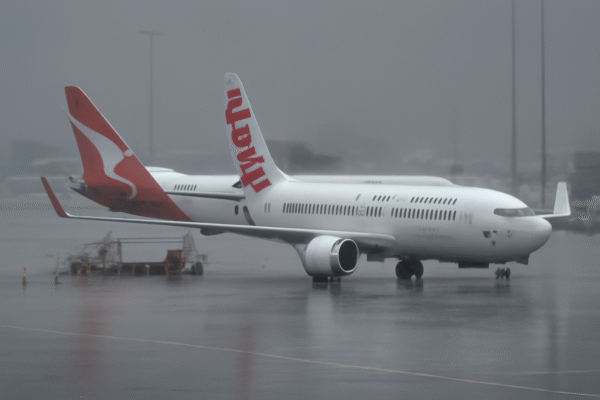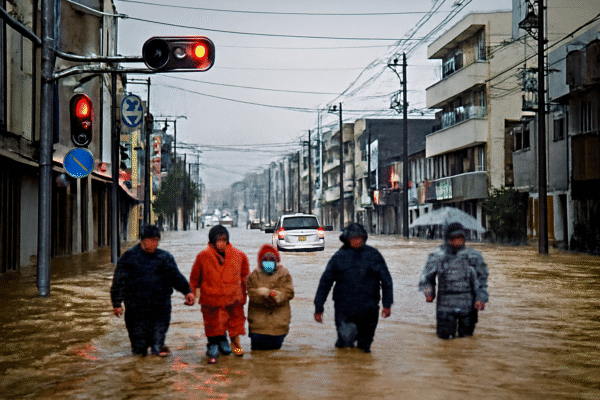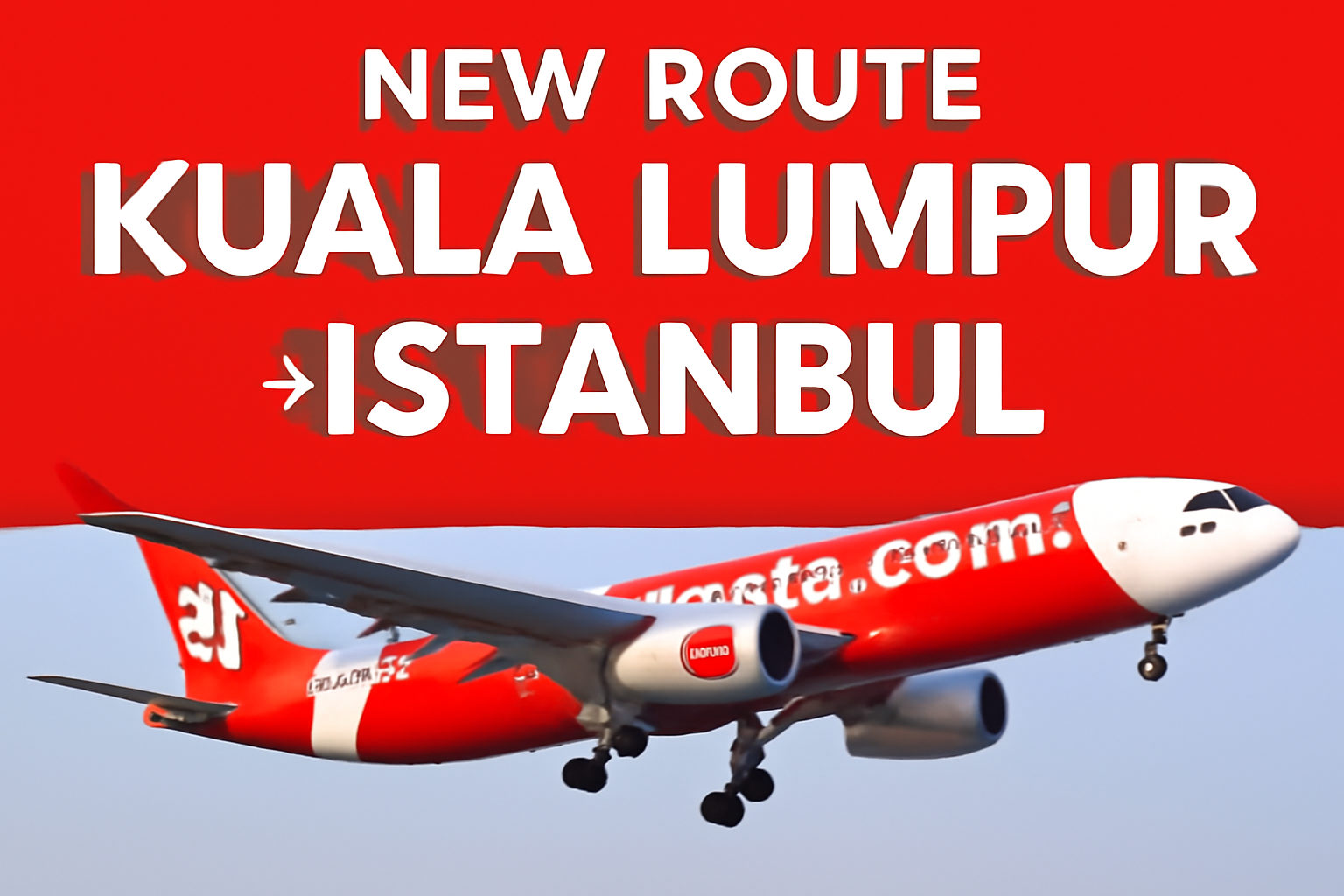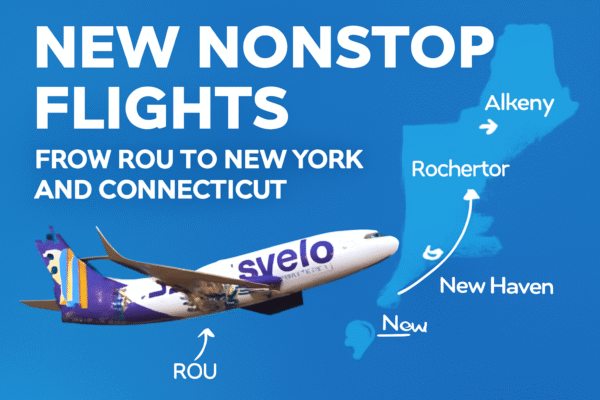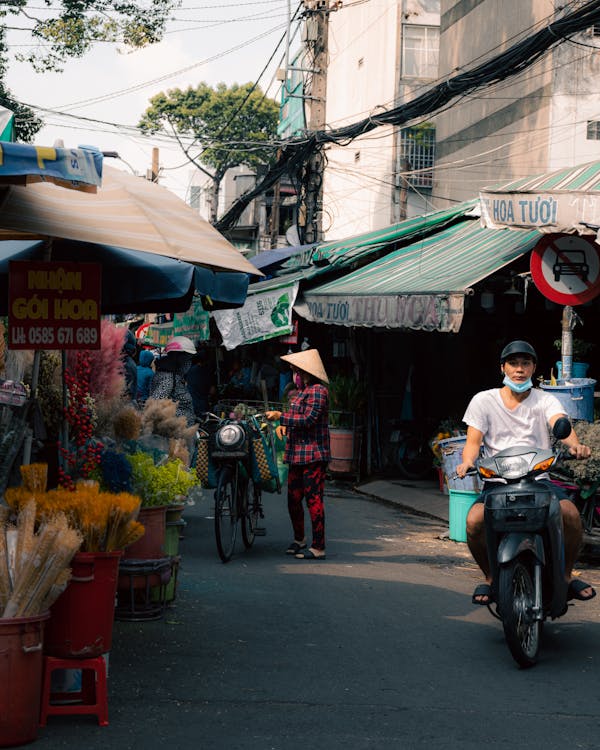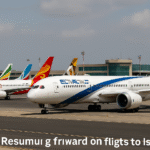Tourism industry of Vietnam is on the brink of unprecedented expansion, with new forecasts projecting a market valuation of nearly USD 79.6 billion by 2035. This ambitious growth outlook underlines Vietnam’s ascent as a premier destination in the global travel arena, supported by a strategic mix of cultural richness, natural beauty, robust government backing, and accelerating foreign investment.
Vietnam’s Position as a Rising Global Tourism Power
According to recent government and industry analyses, Vietnam’s tourism sector is set to become one of Southeast Asia’s most dynamic growth engines. The nation is expected to welcome tens of millions of additional international visitors annually, thanks to upgraded infrastructure, streamlined visa policies, and targeted promotional campaigns across Asia, Europe, and North America.
The projected market size reflects a compound annual growth rate fueled by Vietnam’s enhanced appeal to travelers seeking everything from luxury retreats to authentic cultural immersion and eco-tourism experiences.
Cultural Diversity and Scenic Wonders Attract Global Travelers
Vietnam’s allure lies in its vast spectrum of experiences, ranging from centuries-old temples and UNESCO World Heritage Sites to modern metropolises and tranquil countryside. Top travel destinations include:
- Ha Long Bay: Renowned for its emerald waters and towering limestone islets.
- Hoi An: A charming ancient town known for its lantern-lit nights and preserved architecture.
- Hue: A former imperial capital steeped in historical relics and royal heritage.
- Hanoi and Ho Chi Minh City: Bustling urban centers blending colonial legacy with cutting-edge development.
In addition to these, Vietnam’s expansive coastlines, mountainous highlands, and cultural festivals appeal to a broad range of global tourists.
Government Support Driving Industry Transformation
The Vietnamese government has implemented a series of reforms and infrastructure upgrades to accelerate tourism expansion. Major efforts include:
- Simplified e-visa systems for over 90 countries.
- Expansion of international airports including Noi Bai, Tan Son Nhat, and Da Nang.
- National campaigns such as “Live Fully in Vietnam” and strategic partnerships with global tourism boards.
These initiatives position Vietnam as a user-friendly, accessible, and competitive tourism destination amid a shifting global travel landscape.
Tourism’s Role in Economic Diversification
Tourism is increasingly integral to Vietnam’s broader economic strategy. The projected $80 billion market by 2035 is expected to contribute substantially to GDP, support thousands of SMEs, and generate millions of jobs in hospitality, transportation, retail, and cultural services.
Local communities are seeing increased economic participation through tourism-linked ventures such as homestays, food tours, artisan workshops, and eco-lodges. As the sector flourishes, it enhances both national income and inclusive development.
Advancing Sustainability as a Core Tourism Value
Vietnam has committed to aligning tourism growth with sustainability. National parks, marine sanctuaries, and heritage sites are being preserved through community-based and government-supported programs. Educational campaigns are encouraging responsible travel, waste reduction, and carbon-conscious behavior.
Eco-destinations such as Phong Nha-Ke Bang National Park, the Mekong Delta, and Sapa’s terraced rice fields are gaining popularity among environmentally aware travelers. Partnerships with NGOs and global tourism organizations further reinforce Vietnam’s green tourism credentials.
Digital Transformation Elevates Visitor Engagement
Vietnam is embracing digital transformation to cater to the expectations of tech-savvy travelers. Travel apps, smart booking platforms, virtual reality previews, and real-time itinerary customization are being rolled out across major destinations.
AI-driven personalization and mobile accessibility are improving visitor satisfaction, while digital marketing boosts Vietnam’s visibility across global travel networks.
Strategic Infrastructure Investments Fuel Growth
Large-scale investments continue to transform Vietnam’s tourism landscape. Ongoing infrastructure enhancements include:
- New international flight routes connecting Vietnam to Australia, Europe, India, and the Middle East.
- High-speed rail planning along the north-south axis.
- Coastal and island destination upgrades in Phu Quoc, Nha Trang, and Con Dao.
These developments facilitate smoother, safer, and more comfortable travel, while also increasing capacity to meet surging demand.
Future Outlook: Resilience, Innovation, and Global Competitiveness
The outlook for Vietnam’s tourism through 2035 is marked by optimism and strategic focus. Key goals include:
- Expanding source markets beyond China and Korea to North America, India, and Europe.
- Enhancing tourism quality through training, certification, and hospitality standards.
- Fostering innovation hubs for tourism startups and smart city tourism integration.
Vietnam’s commitment to blending tradition with transformation ensures it will remain a standout destination in an increasingly competitive global tourism environment.
Conclusion: Vietnam’s Tourism Future is Bright
As Vietnam marches toward a projected $79.6 billion tourism market by 2035, the country’s commitment to innovation, sustainability, and cultural preservation remains firm. Through continued investment, government leadership, and dynamic tourism products, Vietnam is poised to redefine travel in Southeast Asia—and set a global benchmark for inclusive, sustainable, and visitor-centric tourism experiences.
For more travel news like this, keep reading Global Travel Wire





